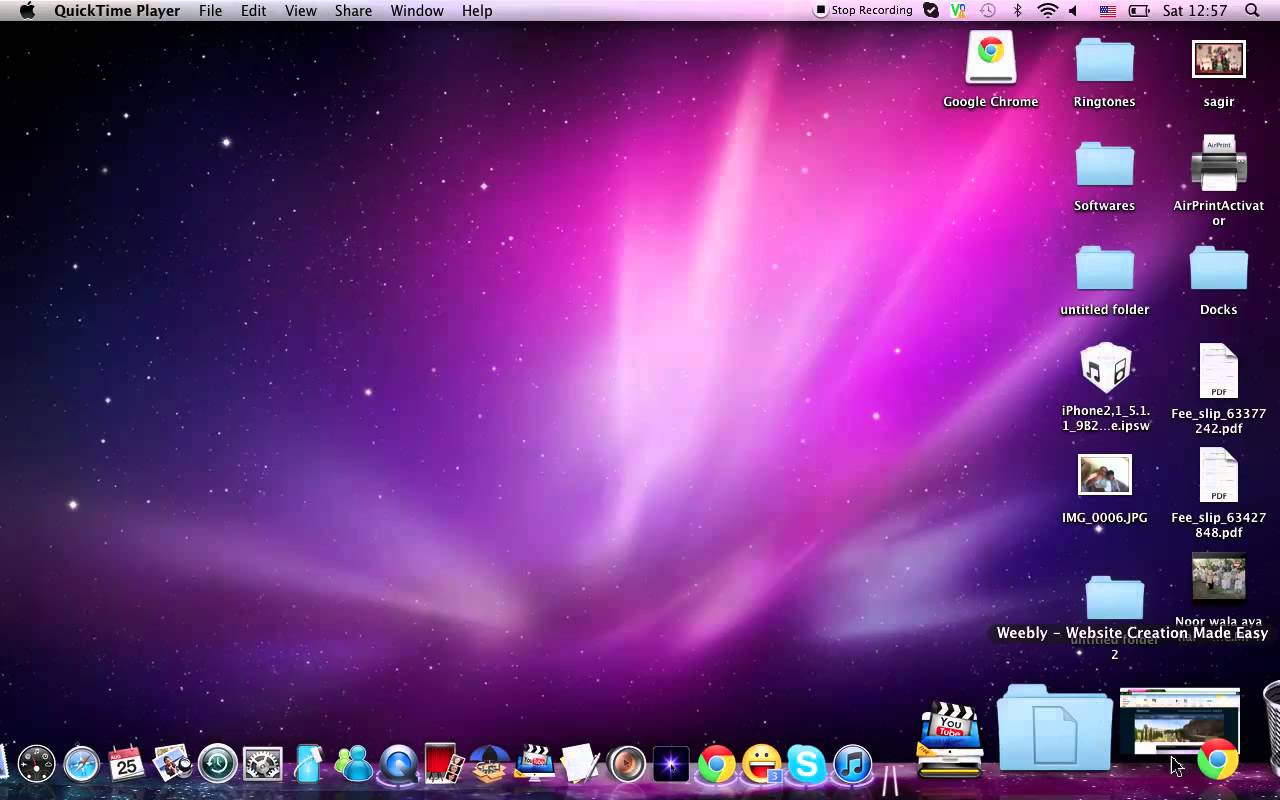

After it is successful, select the Partition tab once more, then select that second partition with the install image on it (the one you created in step 1) and then press the button to remove that partition and free up physical drive space so that the first/main partition can go back to using it. Once you’ve finished installation, viewed the intro movie, gone through the “setting up” wizard, and you’ve booted into the new installation of Snow Leopard on the first/big partition, you can then open Disk Utility again to run another Verify Disk on the physical HDD.Following restart, you should now be welcomed with the Snow Leopard installation screen, and you can install it onto the Leopard partition.
APPLE SNOW LEOPARD UPDATE MAC OS
Now, under System Preferences, select Startup Disk and choose the newly created partition with the “install DVD” called “Install Mac OS X” (or whatever).You now have an install disk you can use. Once it’s done, you should see a new Finder window for “Install OS X” pop up and the second partition named something like “Install Mac OS X”. dmg, but onto an actual disk (partition). What Disk Utility is doing here is creating a block-by-block clone of the. It will ask if you want to delete the contents of “Untitled_1” (yes, you do). Once these are in place, press the “ Restore” button. Next, drag that new partition (called “Untitled_1” or whatever) to the “ Destination” field. dmg you just scanned for restore onto the “ Source” field. You’ll see two fields, one for “ Source” and the other for “ Destination”. Lastly, once the progress window reports that the disk image was scanned for restore successfully, select the Restore tab.This will open a progress window, and it will take a several minutes. dmg, then select “ Images > Scan Image for Restore”. dmg should now appear on the left column, beneath your HDD, its two partitions, and the SuperDrive icon. dmg of Snow Leopard Retail you downloaded online. Now, still in Disk Utility, go to “ File > Open Disk Image”.Once it’s complete, you should see two disks on the desktop - the Leopard-installed drive and a new drive with “Untitled_1” or whatever it was default-named. This may take a few moments to several minutes, so just let it run for however long it needs to. Make sure it will be formatted as “ Mac OS Extended (Journaled)”. It’ll be named something like “Untitled_1” as a default. Make this new partition 10GB, leaving alone the rest of the drive with the existing partition containing Leopard. Here, you will be making a second partition for the HDD. To do this, you’ll want to press the button beneath the partition map. What you’re going to do here is “live-add” a partition to the end of that HDD. Next, once Verify Disk is all clear and passes successfully, select the Partition tab.To be sure, when you run a Cmd-I on the physical HDD you’ll see the “disk identifier” is designated disk0. First, run First Aid Verify Disk on the physical HDD itself, not on the partitions (i.e., run it on the level above “Macintosh HD” or whatever the Leopard drive is called).On the iMac running Leopard, open Disk Utility.


 0 kommentar(er)
0 kommentar(er)
